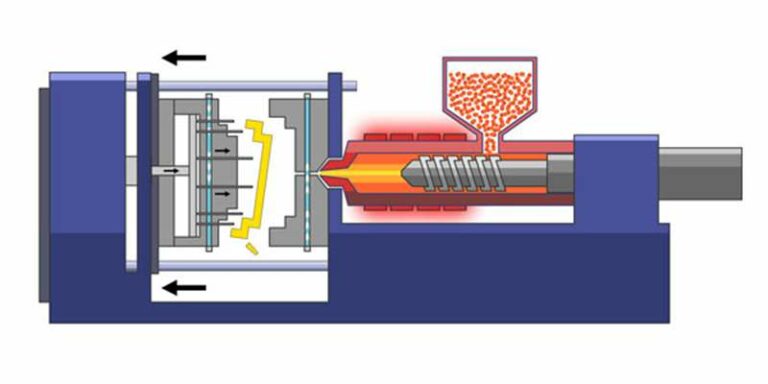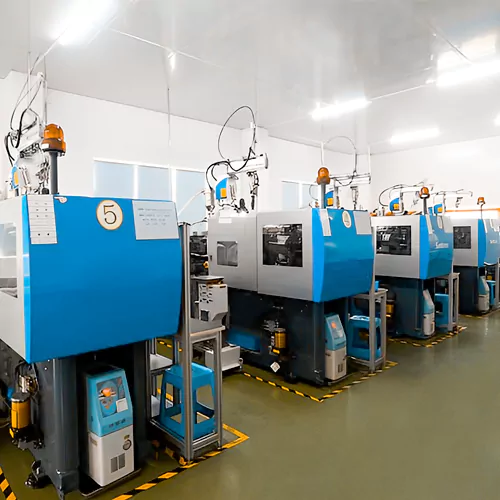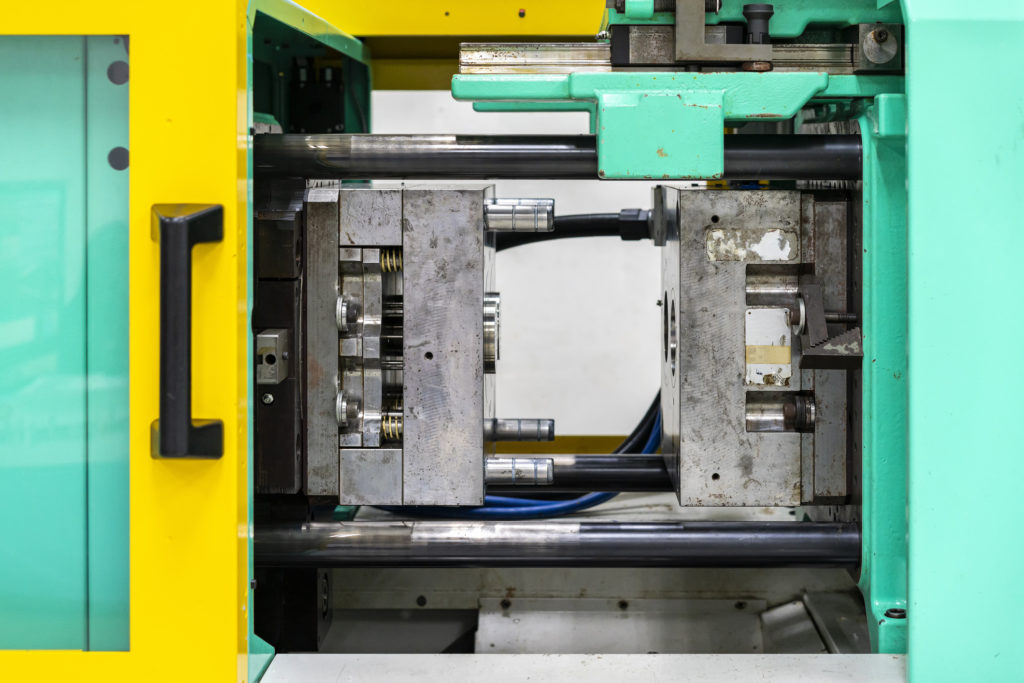Understanding the Fundamentals of Plastic Injection Molding Processes
Plastic shot molding acts as a cornerstone of contemporary production, giving a methodical technique to generating complex components with precision. This procedure not just encompasses the basic steps of melting and infusing materials right into molds yet likewise involves a nuanced understanding of numerous influencing factors, such as temperature and stress. As markets increasingly demand efficiency and high quality, the intricacies of this approach end up being a lot more important. Discovering these crucial elements can expose just how even minor changes can bring about substantial renovations in production results, increasing concerns concerning the capacity for advancement in this well established procedure.
What Is Plastic Shot Molding?
Plastic shot molding is an extensively used manufacturing process that changes polycarbonate and thermosetting materials right into precise and intricate forms. This method is favored for its capability to generate high volumes of identical get rid of phenomenal accuracy, making it an indispensable technique in numerous industries, consisting of vehicle, consumer items, and medical gadgets.
The process entails melting the picked plastic product and infusing it right into a mold under high pressure. The mold and mildew, designed to the specs of the wanted part, enables the molten plastic to form as it solidifies and cools down. As soon as the material has hardened, the mold is opened up, and the completed element is expelled.
Plastic shot molding supplies several benefits, consisting of reduced waste, consistency in production, and the capability to integrate detailed layouts that might be challenging with other producing techniques. Additionally, it supports a broad variety of products, each giving distinct properties that can be tailored for certain applications. As sectors remain to introduce, plastic shot molding remains at the forefront, allowing the advancement of sophisticated items that satisfy progressing customer demands.
The Injection Molding Refine
The injection molding process is an innovative strategy that entails numerous crucial phases to produce high-quality plastic components. Plastic pellets are fed into a warmed barrel where they are melted into a viscous fluid. This molten plastic is after that injected under high pressure right into a precision-engineered mold, which shapes the product into the desired kind.
When the mold is loaded, the plastic is permitted to cool and strengthen, taking the form of the mold cavity. Air conditioning time is critical, as it impacts the cycle time and the final properties of the shaped part. After enough cooling, the mold and mildew opens, and the finished element is expelled using ejector pins.

Materials Utilized in Injection Molding
Various materials can be utilized in the injection molding procedure, each offering one-of-a-kind homes that accommodate certain applications. One of the most frequently utilized materials include thermoplastics, thermosetting plastics, and elastomers.

Thermosetting plastics, like epoxy and phenolic resins, go through a chemical adjustment during the treating procedure, causing a rigid, inflexible framework. These products are ideal for applications needing high warmth resistance and structural integrity, commonly used in auto parts and electric insulators.
Elastomers, consisting of silicone and rubber-based products, offer flexibility and durability. Their one-of-a-kind homes make them ideal for applications that require flexibility, such as seals and gaskets.
Furthermore, specialty materials like bio-based click to find out more plastics and compounds are getting grip for their ecological advantages and boosted efficiency features, widening the extent of shot molding applications in numerous sectors. Understanding the residential or commercial properties of these materials is important for choosing the proper kind for certain jobs.
Benefits of Injection Molding
Injection molding stands out as a highly reliable production procedure that offers countless benefits for generating complicated parts with precision. One of the most substantial advantages is the capability to produce intricate designs that would certainly be difficult or impossible to accomplish with other approaches (Plastic Injection Molding). The procedure enables detailed attributes and tight resistances, making sure high-quality parts
Additionally, shot molding is known for its fast production capabilities, making it visit the website a suitable choice for high-volume production. Once the mold and mildew is created, parts can be produced quickly, lowering lead times and enhancing general productivity. This effectiveness not just decreases manufacturing prices yet likewise gives an one-upmanship in the marketplace.
The convenience of products used in shot molding additionally boosts its appeal. A broad array of thermoplastics and thermosetting polymers can be employed, allowing makers to pick products that ideal satisfy their certain requirements, including warmth, versatility, and toughness resistance.
Additionally, the procedure minimizes waste, as excess product can typically be reused and recycled. This sustainability element adds to a lowered environmental effect, making injection molding a liable production option. Generally, the a knockout post advantages of shot molding make it a favored approach for lots of sectors.
Factors Influencing Product High Quality
While numerous elements can influence product high quality in shot molding, recognizing these components is crucial for achieving optimal outcomes. Key facets consist of product choice, refining parameters, and mold style.
Material option plays a crucial duty, as various polymers show special properties that influence flowability, stamina, and thermal security. Inadequate material choice can lead to flaws such as bending or incomplete filling.
Handling parameters, consisting of stress, cycle, and temperature time, must be carefully managed. Variations in these setups can result in variances partially measurements and surface coating. Excessively high temperature levels may cause destruction of the polymer, while poor pressure can result in brief shots.
Mold layout is similarly important, as it establishes the flow of the molten plastic and the cooling procedure. Improperly designed mold and mildews may cause uneven air conditioning rates, leading to residual anxieties and dimensional inaccuracies.

Final Thought
To conclude, plastic injection molding functions as a vital manufacturing process that enables the efficient manufacturing of high-grade parts. Proficiency of the shot molding process, including the understanding of materials and the impact of numerous aspects on product quality, is important for achieving optimum outcomes. The advantages of this method, such as cost-effectiveness and layout flexibility, additional highlight its significance throughout several markets, solidifying its standing as a favored choice for high-volume manufacturing.
Plastic injection molding offers as a keystone of contemporary production, supplying a methodical approach to generating complicated components with accuracy.Plastic injection molding supplies a number of benefits, consisting of reduced waste, uniformity in production, and the capacity to integrate intricate styles that may be testing with various other producing methods (Plastic Injection Molding). As sectors continue to introduce, plastic injection molding stays at the forefront, allowing the development of sophisticated items that satisfy advancing consumer needs
The injection molding process is an innovative technique that entails several crucial phases to produce high-grade plastic elements.In verdict, plastic injection molding serves as an essential manufacturing procedure that allows the reliable production of top quality components.